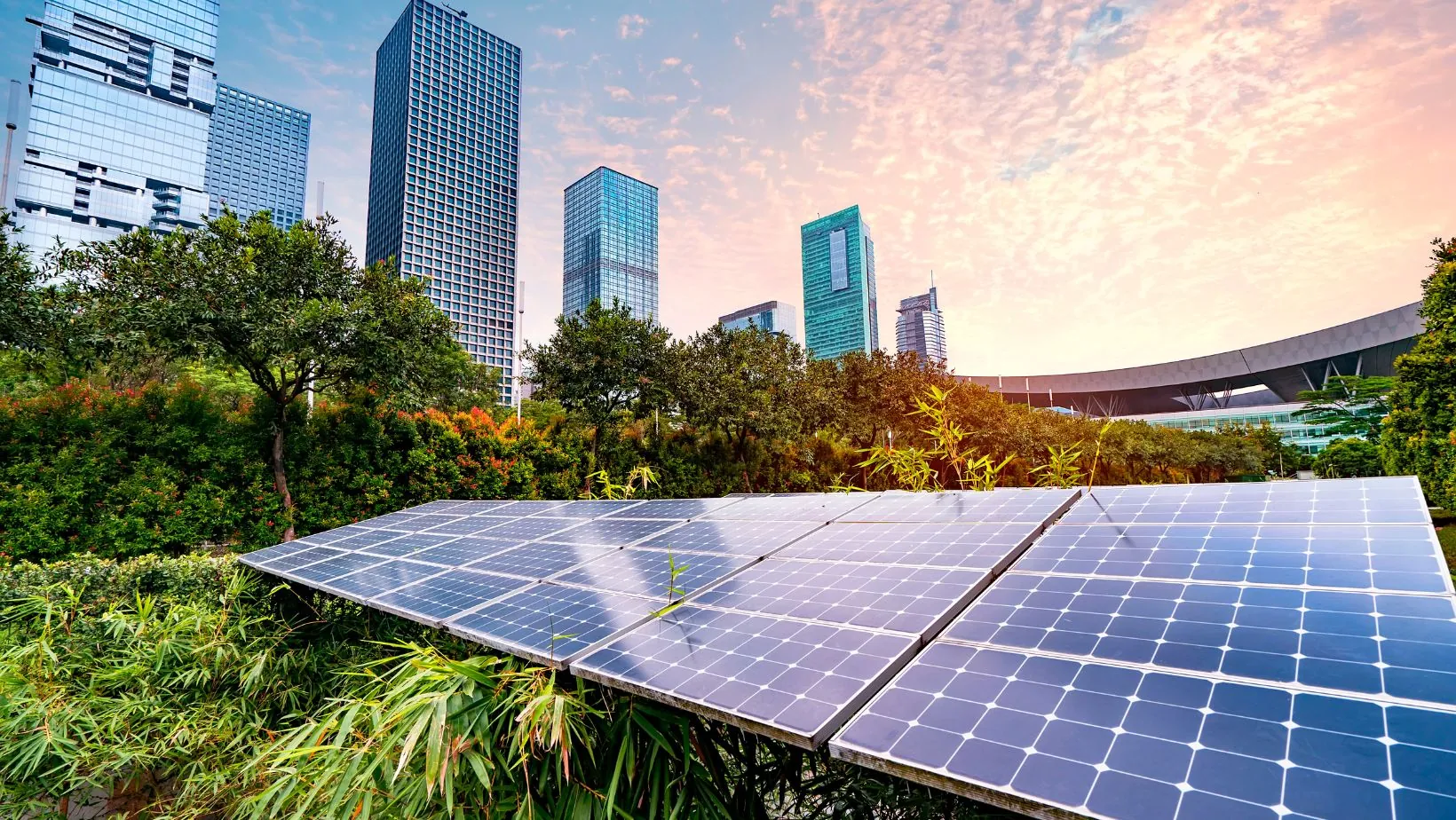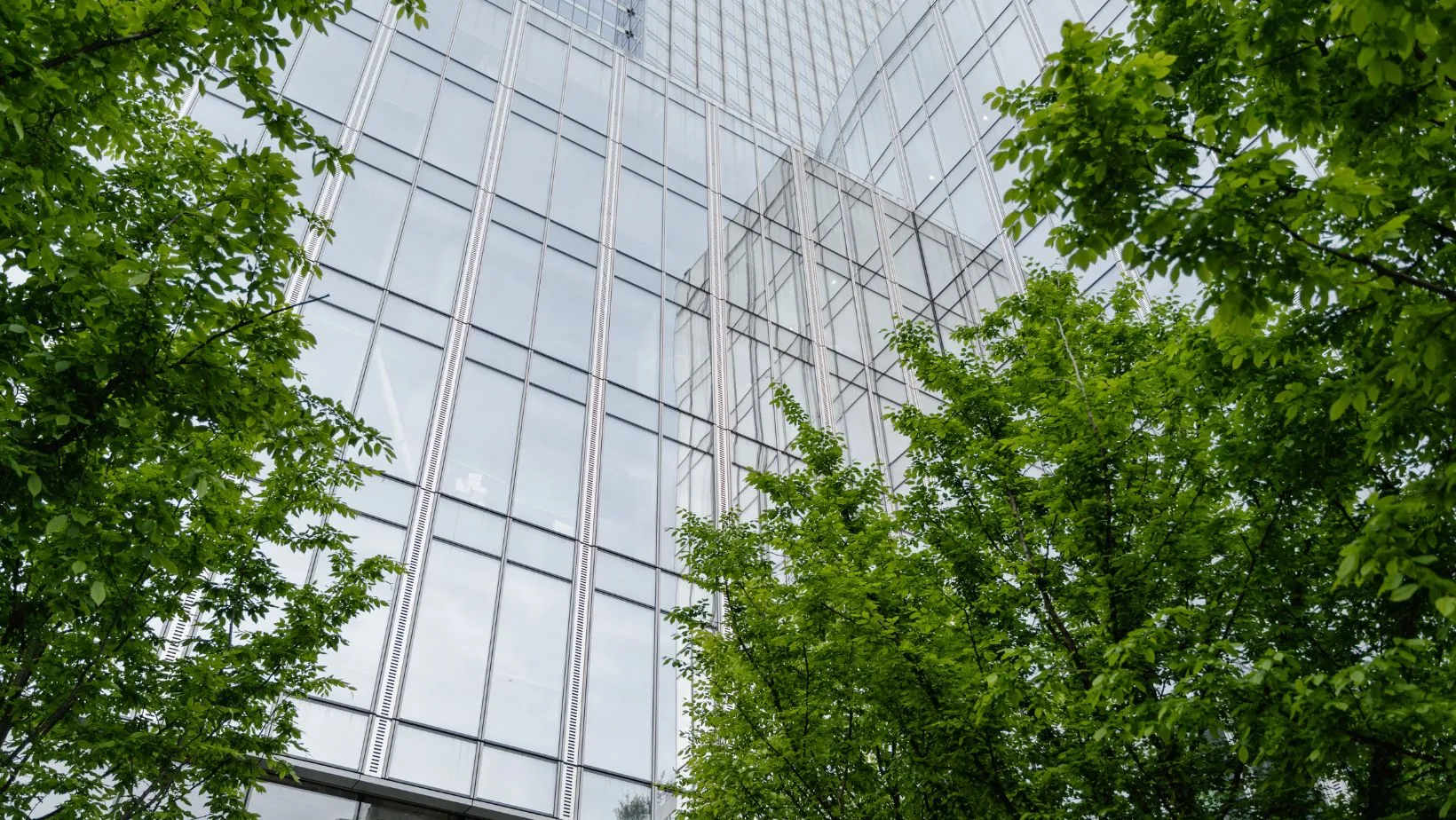As sustainability becomes a standard rather than a preference, architects, builders, and renovators are increasingly looking at the long-term impact of the materials they use. While insulation, solar systems, and energy-efficient appliances often get the spotlight, the materials used in the structure and fit-out of a building can be just as important. Stainless steel and aluminium have emerged as two of the most versatile and sustainable materials in the construction world—particularly for renovations aimed at reducing waste and maximising durability.
Why Stainless Steel Is a Sustainable Standout
Stainless steel might not be the first thing that comes to mind when thinking green, but it plays a valuable role in environmentally conscious design. It’s made from a combination of natural resources—mostly iron ore and chromium—and can be recycled without losing its core properties. This makes it an excellent closed-loop material.
Used for everything from kitchen benches and handrails to cladding and fixtures, stainless steel’s strength and resistance to corrosion mean it won’t need to be replaced as often as less durable options. That translates into fewer resources consumed over the lifespan of a home or building. Beyond its longevity, stainless steel is easy to maintain. It doesn’t require harsh chemical cleaners, and it resists bacteria, making it ideal for hygienic environments like kitchens, bathrooms, and medical spaces.
The Eco-Credentials of Aluminium
Aluminium is another heavy-hitter in the sustainability space. One of its biggest advantages is recyclability—aluminium can be reused repeatedly without any drop in performance or quality. This makes it a go-to choice for designers focused on circular building practices.
It’s also significantly lighter than many metals, which can reduce transport emissions during delivery. In renovation work, especially on second-storey additions or retrofits, its lightness makes it easier and safer to handle without compromising structural integrity.

When combined with durability and corrosion resistance, aluminium ticks all the boxes for long-term, low-impact building projects.
The Practical Benefits of Checker Plates
Within the broader use of aluminium in construction, checker plates made from aluminium have carved out a niche in sustainable renovations thanks to their practical and eco-friendly profile. Originally developed for use in industrial spaces due to their slip-resistant surface and toughness, they’re now finding new life in residential and commercial green builds.
Checker plates are often used to reinforce high-traffic zones—such as stairs, entryways, ramps, and loading areas—where other materials might wear out over time. Their raised pattern adds grip, reducing the need for additional coatings or non-slip treatments, many of which contain VOCs or non-recyclable elements.
When a builder chooses checker plate aluminium over something like treated timber or vinyl, they’re not just choosing durability—they’re opting for a material that can be recycled down the line and won’t leach chemicals into the environment.
Where They Fit in a Sustainable Renovation
One of the strengths of aluminium checker plate is its versatility. In a residential setting, it might be installed in a laundry or mudroom, where muddy boots and daily use would otherwise cause fast degradation of surfaces. In an apartment complex or multi-unit development, it might feature in shared stairwells or utility zones, offering resilience without constant maintenance.

It’s particularly useful in renovations where the goal is not just aesthetic improvement but performance and longevity. Retrofitting for better energy performance often means sealing up drafts, improving insulation, and protecting vulnerable structural points—and aluminium plates can help with all of that.
Reducing the Need for Replacement
Sustainability isn’t only about where materials come from; it’s also about how long they last. The longer a product lasts without needing replacement, the more sustainable it is. That’s a key reason why metals like stainless steel and aluminium are valued by green builders.
Checker plates made from aluminium are incredibly long-wearing. They resist denting, warping, rusting, and scratching, which means they stay in place and do their job for years. Compared to flooring tiles that crack or wall panels that discolour, these plates keep their appearance and function with very little upkeep.
A Smarter Way to Build Green
Not all sustainable materials have to be natural, rustic, or minimal. Some of the smartest options for long-term environmental performance are manufactured ones that prioritise recyclability and longevity. Stainless steel and aluminium—and especially their use in practical applications like checker plates—are examples of how thoughtful material choice can enhance the sustainability of a renovation.
They fit neatly into modern architectural styles, offer unmatched toughness, and most importantly, support efforts to build homes and facilities that are designed to last. And in a world where sustainability is increasingly measured in decades, not just energy bills, that matters more than ever.



